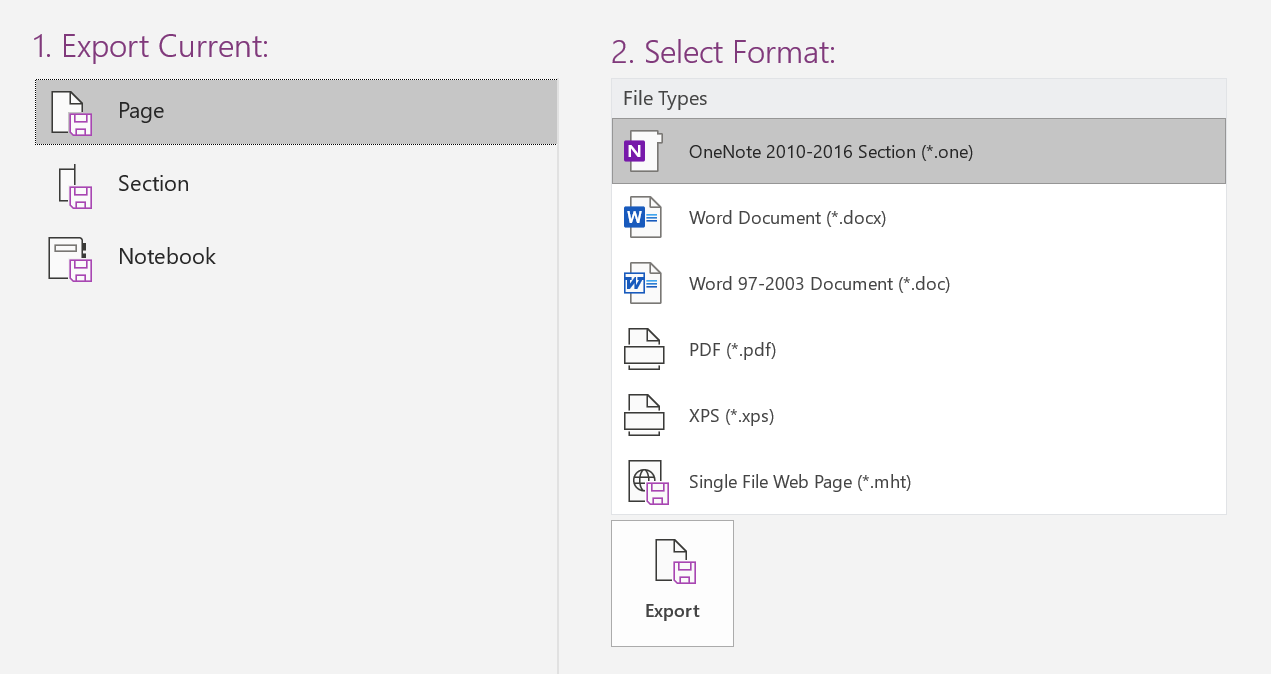

Shared notebooks are also useful for families who can use it for planning home renovations, gardening, recipes, wedding and event planning, and so on. This is useful for single users who want to work with the same notebook on both a desktop and a laptop computer simultaneously without locking the file, but it's even more valuable for groups and teams who are sharing a notebook for brainstorming, planning ideas, capturing information in meetings, and so on. OneNote 2010 supports simultaneous multi-user editing of notebooks. OneNote Web App You can access and edit an entire notebook from a Web browser, even on computers that don't t have OneNote 2010 installed. This is in addition to the other ways you can sync your notebooks (file shares, SharePoint, USB drives, etc.). Sync to the cloud (Windows Live) Your notebooks are available anywhere from any computer. With OneNote 2010, you have virtually uninterrupted access to your notes and information by providing the ability to access your files from anywhere you are - whether at work, at home, or on the go. OnApplication.GetHierarchy(Nothing, HierarchyScope.hsSections, outputXML)ĭim xmlDoc As XmlDocument = New XmlDocumentĭim nsmgr As XmlNamespaceManager = New XmlNamespaceManager(xmlDoc.Microsoft OneNote 2010 offers several new features in addition to improvements and enhancements to features introduced in previous versions.

MessageBox.Show("The XML has been copied to the clipboard")įind a particular section: Dim strNamespace As String = "" OnApplication.GetHierarchy(Nothing,, strXML) I don't really know what you want to do with your OneNote documents, but here are a couple of short examples that should get you started: Sub GetAllSections()ĭim onApplication As OneNote.Application = New OneNote.Application OneNote.GetHierarchy("", .HierarchyScope.hsNotebooks, notebookXml) Private Function GetFirstOneNoteNotebookNodes(oneNote As OneNote.Application) As MSXML2.IXMLDOMNodeList GetAttributeValueFromNode = (attributeName).text Private Function GetAttributeValueFromNode(node As MSXML2.IXMLDOMNode, attributeName As String) As String MsgBox("OneNote 2010 XML Data failed to load.") MsgBox("OneNote 2010 Section XML Data failed to load.") MsgBox("OneNote 2010 Section nodes not found.")

MsgBox("A new page was created in Section '" & sectionName & "' in Notebook '" & noteBookName & "'.") ' Print out information about the update. NewNode = newNode.appendChild(newElement)Ĭd = doc.createCDATASection(TextBox2.Text & vbCrLf & TextBox3.Text) NewElement = doc.createElement("one:OEChildren") NewNode = pageNode.appendChild(newElement) NewElement = doc.createElement("one:Outline") ' Change the title in the local XML copy. ' Get the CDataSection where OneNote store's the Title's text.ĬdataChild = lectSingleNode("text()") TitleNode = doc.selectSingleNode("//one:Page/one:Title/one:OE/one:T") PageNode = doc.selectSingleNode("//one:Page") ' Load Page's XML into a MSXML2.DOMDocument object. OneNote.GetPageContent(newPageID, outXML, .PageInfo.piAll) OneNote.CreateNewPage(sectionID, newPageID, .NewPageStyle.npsDefault) ' Create a new blank Page in the first Section OneNote.GetHierarchy(notebookID, .HierarchyScope.hsSections, sectionsXml) However, if a user wants, then he/ she can change the file path simply. Navigate to File > Options > Save & Backup, and the file path is: C:\Users\\AppData\Local\Microsoft\OneNote\16.0\cache. The default location of cache of Microsoft OneNote is: 1. ' Load the XML for the Sections for the Notebook requested. Now, to Clear OneNote Cache in 2016, 2013, 2010, you need to locate OneNote cache file first.
#How to update onenote 2010 to 2016 code
' Get the ID for the Notebook so the code can retrieve NoteBookName = ("name").text <- Object Reference not set to an instance of an object ' Get the first OneNote Notebook in the XML document. Nodes = GetFirstOneNoteNotebookNodes(oneNote) Private Sub Button2_Click(Sender As Object, e As EventArgs) Handles Button2.Click My current sample I'm trying to work right now is Or a mixture of vb.net with C, it's very annoying, I can't even get the name value of a OneNote sample. Every example I have found is either for VBA, or on the new dev.onenote which doesn't include vb.net code. I have been trying to open OneNote 2010 OR 2016 in vb.net for a few days now.


 0 kommentar(er)
0 kommentar(er)
